Along with raspberries, currants in summer cottages, honeysuckle is cultivated. Shrub subject to landing and care requirements, including top dressing, pruning, watering, demonstrates a good yield of juicy and nutritious berries. However, in violation of the rules of agricultural technology, poor fruiting of the berry is noted. To remedy the situation, determine the cause, reviewing all ongoing care activities.
Content
Plant description
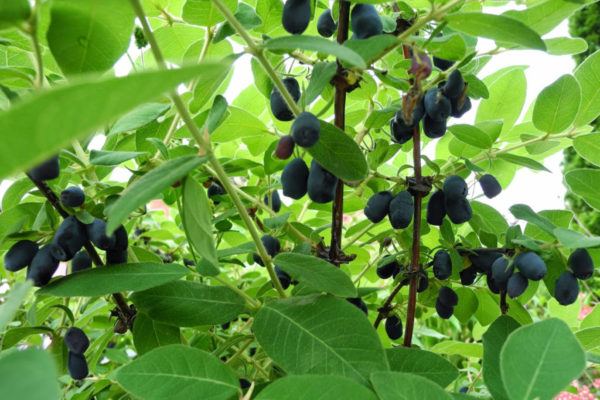
Honeysuckle is a typical genus that is part of the family of the same name and unites about 200 plant species. As a garden crop, two varieties are grown:
- Pigeon honeysuckle is a shrub plant with a compact crown. The latter is formed by brown shoots and sessile foliage. The dimensions of the sheet plates are 6 cm in length and 3 cm in width. During flowering, yellow bell-shaped flowers adorn the crown. With successful cross-pollination, since the species is self-infertile, it is possible to collect oblong elliptical berries with a blue color. The taste is sweet and sour with a small bitterness.
- Edible honeysuckle is a deciduous shrub with a height of up to 1 m. The lush crown is formed by young thin graceful stalks of light green color and old brownish shoots about 3 cm thick. Oblong leaves reach a length of 7 cm. Buds are formed in the leaf sinuses at the end of spring, which in loose form have a pale yellow color. At the place of inflorescences, dark blue berries are formed up to 9 cm in length with a bluish coating. The pulp is red-violet.
New varieties
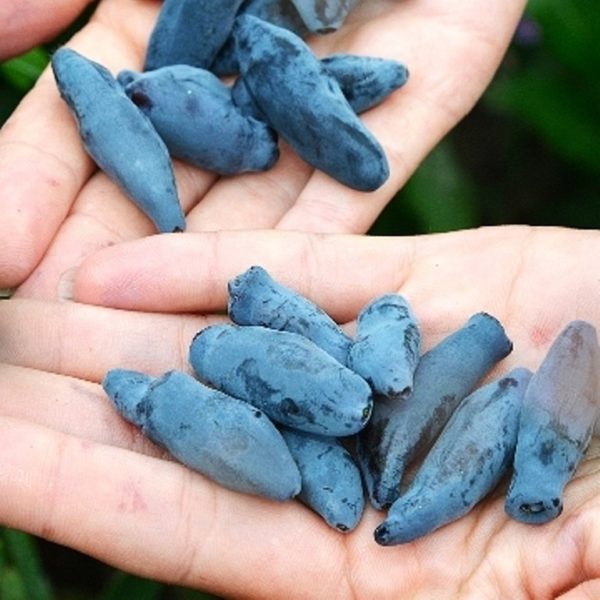
Based on typical species, breeders have bred many hybrids. Outwardly, they are very similar, but still have some features. New varieties:
- "Delight" is a plant up to 1.8 m high. Fruiting, in which you can remove the sweet and sour berries weighing about 2 g, occurs in the 2-3rd year of vegetation. This variety has been producing crops for 30 years.
- "Strezhevchanka" is a tall shrub up to 2.5 m in height. Ripening is noted in the last decade of June, when about 2-3 kg of mustard-free berries can be collected from the bush in the middle lane.
- “Daughter of a giant” is a high-yielding representative of a culture with large fruits (up to 2.5 g). Average productivity –3 kg per plant. The variety is resistant to frost and harmful organisms.
- "Blue Cliff" is an early variety that begins to bear fruit in the southern regions at the end of spring. The taste is sweet and sour. Berry mass - 2.5 g.
Productivity and the reasons for its decline
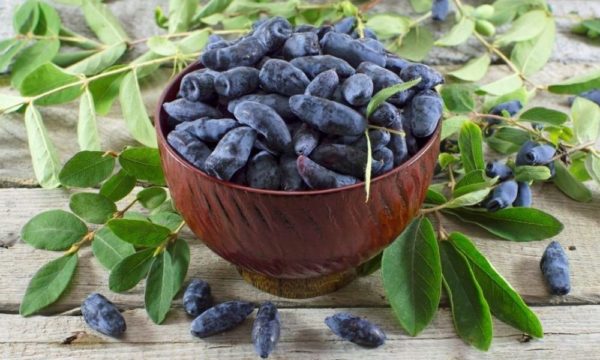
In gardens, often no more than 1-1.5 kg of berries are removed from the honeysuckle bush. However, subject to agricultural cultivation techniques, in most varieties the potential is declared at the level of 3-7 kg per plant. The main causes of poor harvest:
- The wrong landing place is the honeysuckle is photophilous and needs good lighting throughout the day.
- The lack of pollination - a cross-pollinated plant requires group planting and the presence of a large number of pollinator insects, the lack of which is associated with poor weather conditions during the flowering period of the bush.
- Violation of the irrigation regime - honeysuckle does not respond well to stagnation of moisture in the roots and excessive dryness of the soil.
- Soil acidification - the shrub develops well on soils with a neutral and slightly acidic reaction.
- Excess nitrogen-containing fertilizing - the plant, due to the high concentration of nitrogen, directs all energy to the growth of shoots to the detriment of the formation of flowers and ovaries.
Shrub Care Rules
The shortage of crops, as a rule, is due to improper agrotechnics of culture cultivation. Honeysuckle is no exception. Shrub requires standard care, which includes watering, fertilizing, pruning, processing from pests. If all the procedures are carried out correctly and at the appropriate time, except for a plentiful harvest, the gardener will receive a healthy plant with a lush crown that fits perfectly into any landscape design.
Watering
Particularly acute honeysuckle needs moisture in late spring or early summer, when the ovary is formed. If there is no precipitation during this period, it is necessary to organize watering. This will have a beneficial effect on both quantity and quality of the crop. There will be no bitterness in him. Under one bush, 10 liters of water are poured as the surface layer dries. Water is used pre-settled without chlorine and heavy metals.
Soil treatment
After rainfall, the near-stem circle loosens, breaking an airtight crust, which slows down the development of the root system. At the same time, weed vegetation is removed, which is especially important in the first stages of seedling growth. If the soil is covered with a layer of mulch, the frequency of loosening will be reduced. The first three years after planting to form a healthy plant, honeysuckle is spudded.
Top dressing
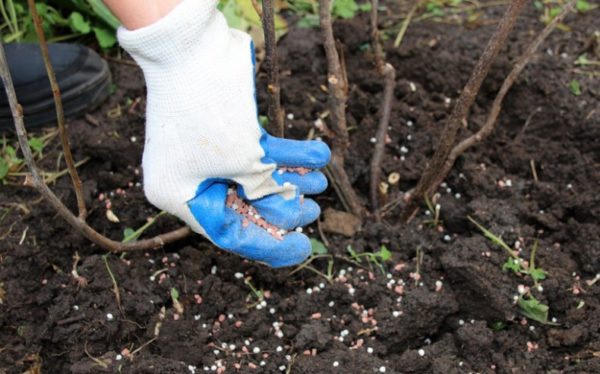
If fertilizers were placed in the planting pit, they begin to feed honeysuckle from the third year of development. In the spring, ammonium nitrate is used to form a lush crown. Along the perimeter of the trunk circle, 10 g of granular agent are laid out. After harvesting, use a fertilizer solution of 10 l of water, 25 g of nitroammophos. In autumn, honeysuckle is fed with organics using 100 g of wood ash and 5 kg of compost.
Pruning
The first procedure is carried out after three years of seedling development. Some gardeners, if the crown is of optimal density, recommend that the shrub not be pruned up to 7-8 years. Cutting plants carried out in autumn or spring before the sap flow. With severe thickening, several zero shoots growing directly from the soil are removed. At the same time, they cut the bush from the inside, shortening the stems developing inward. It is necessary to ensure uniform illumination of all internal branches.
Fruiting, as a rule, year-old strong shoots - do not shorten the branches of the current year. All old ones are deleted. The same applies to low-growing shoots that interfere with the cultivation of soil under the bush. In the spring, they carry out a sanitary haircut, cutting off the tips damaged by the frost, injured by the wind branches. To maintain the decorativeness of the crown, the bush is formed after fruiting.
Protection against diseases and pests
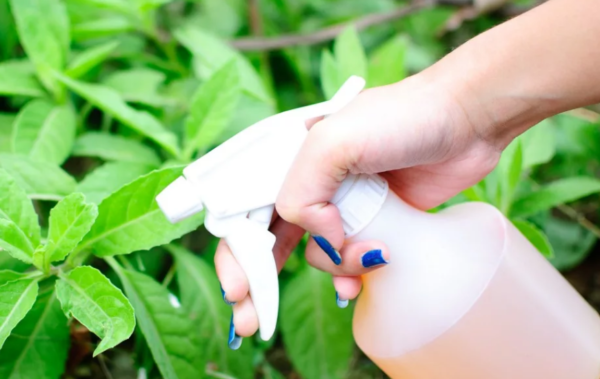
Honeysuckle has excellent immunity. However, in conditions of waterlogging, fungal diseases. In order to prevent foci of development, as a prophylaxis in the spring, the bushes are sprayed with a solution of a copper-containing preparation. Among the pests, nutrition on the shoots of the aphid plant and spider mite is most often noted. Insecticide treatments are effective against them. They are best carried out for prevention purposes, since without spraying, settlement can occur during the period of ovary or fruiting, when the use of effective drugs based on chemistry is unacceptable.
Honeysuckle is an undemanding shrub. Subject to the rules of care, problems with the crop will not arise.

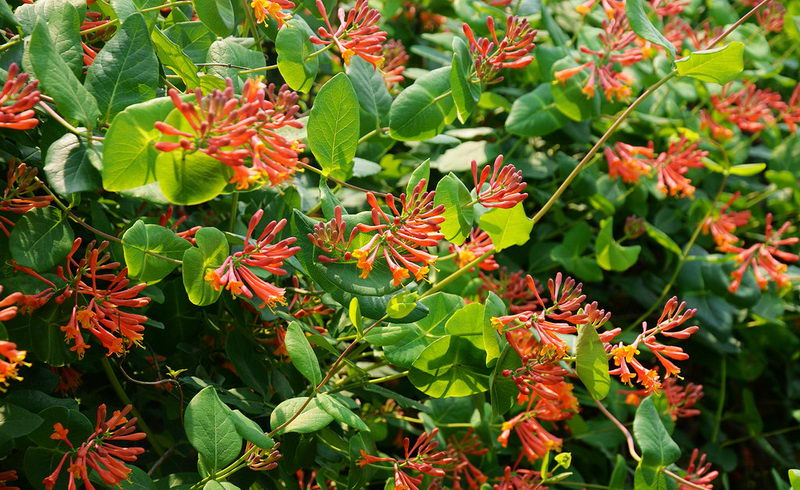
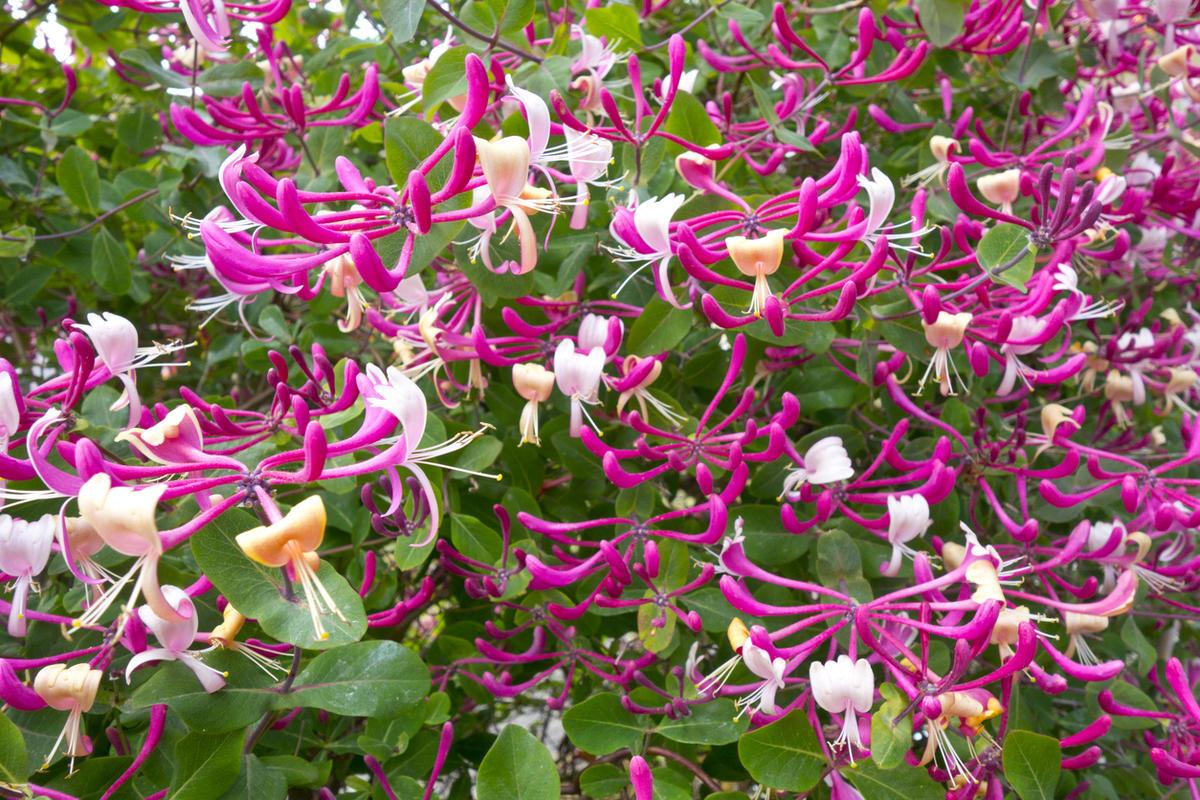
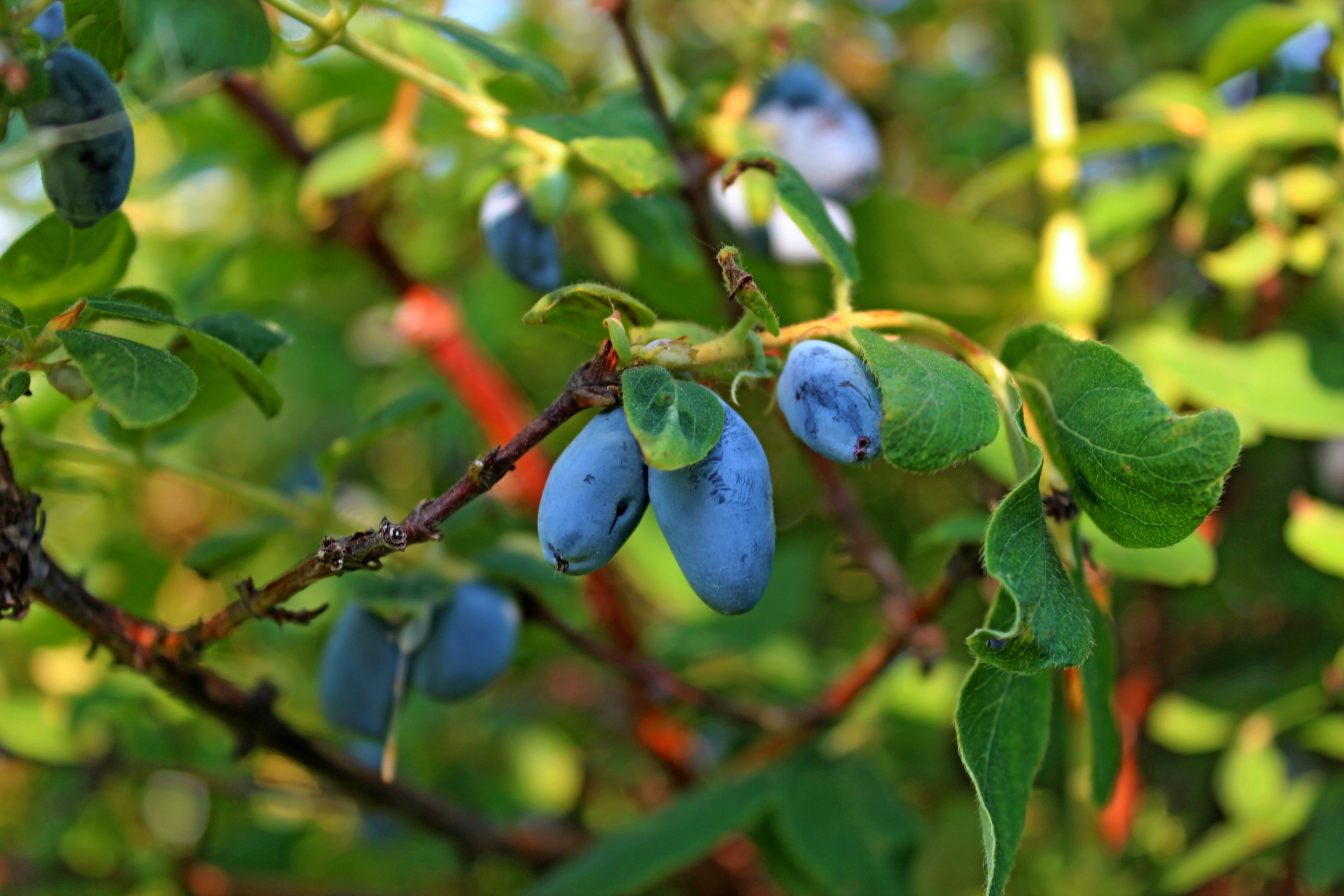
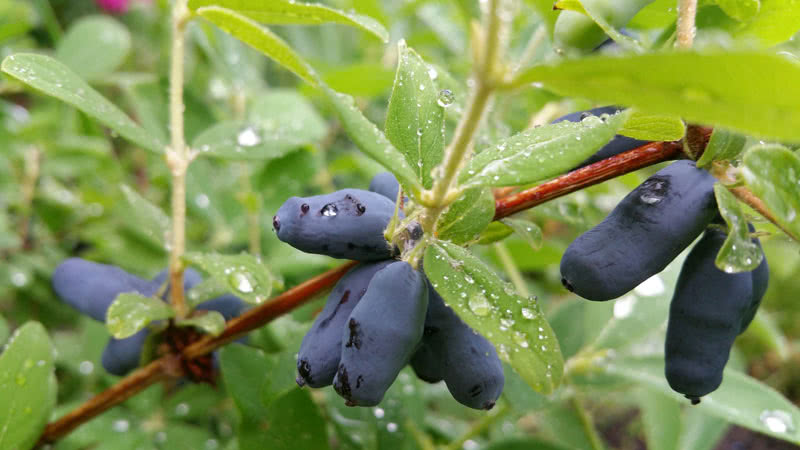 Edible honeysuckle: planting and care, methods of reproduction, disease
Edible honeysuckle: planting and care, methods of reproduction, disease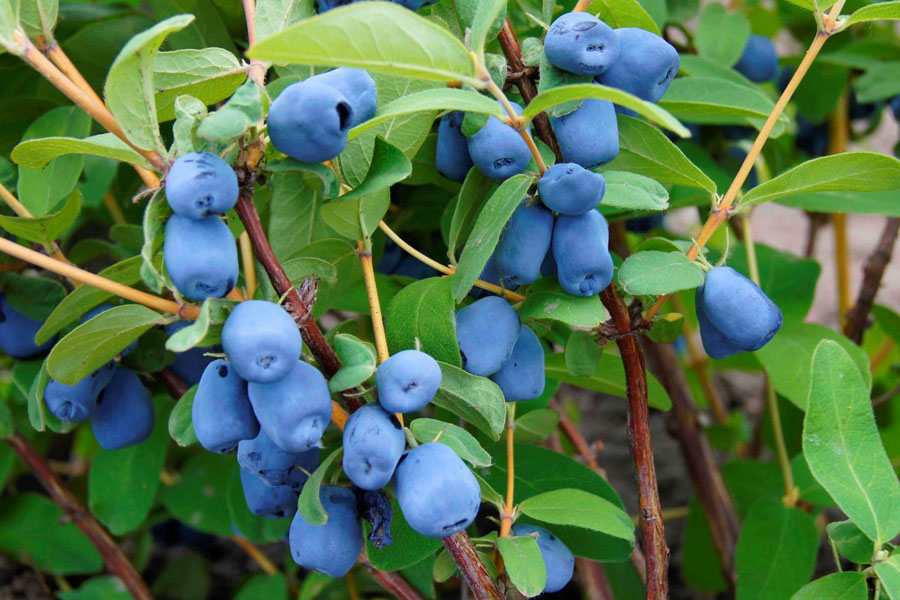 Honeysuckle pruning: when and how to do it correctly, features, schemes
Honeysuckle pruning: when and how to do it correctly, features, schemes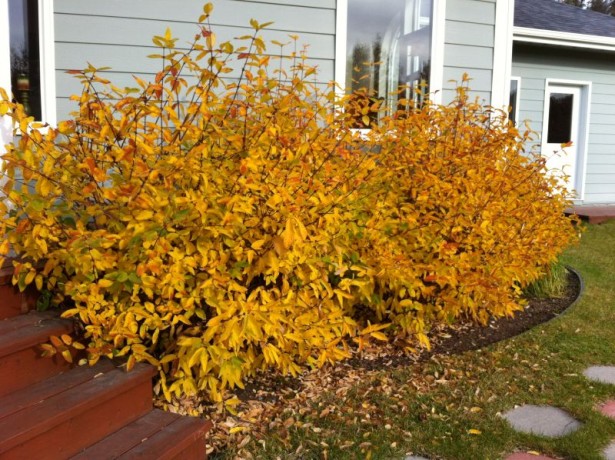 Honeysuckle in the fall: planting and care, transplanting, breeding, shelter for the winter
Honeysuckle in the fall: planting and care, transplanting, breeding, shelter for the winter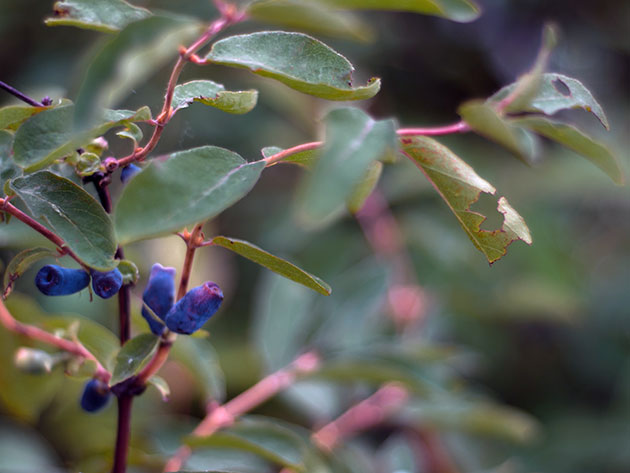 Honeysuckle disease treatment
Honeysuckle disease treatment